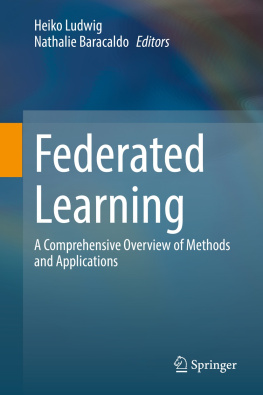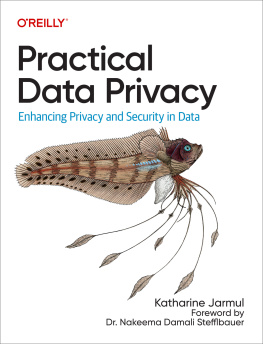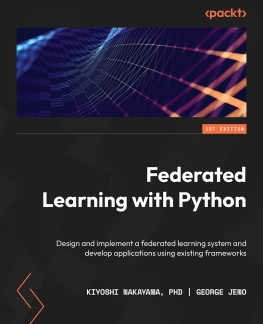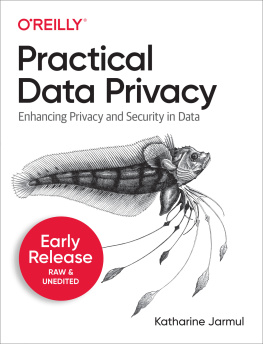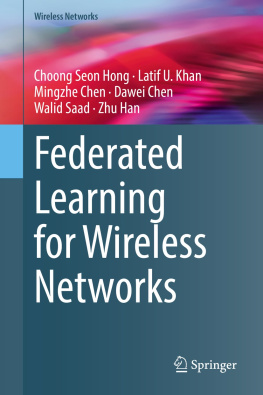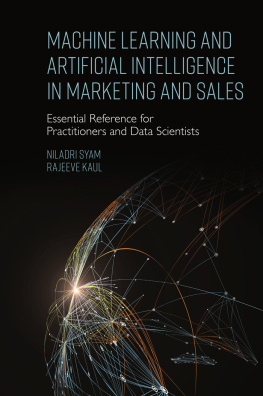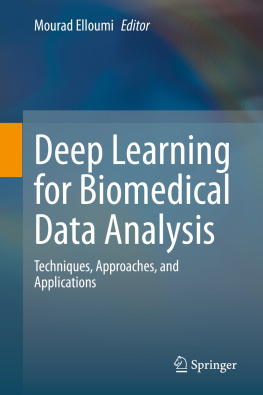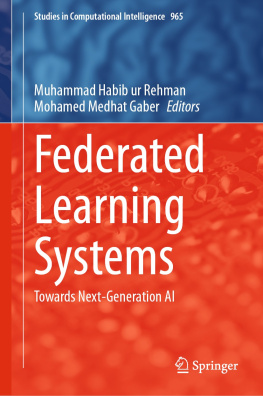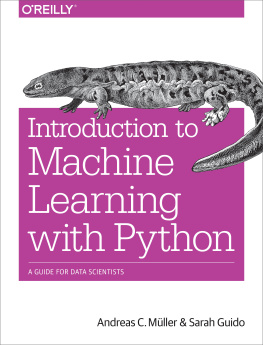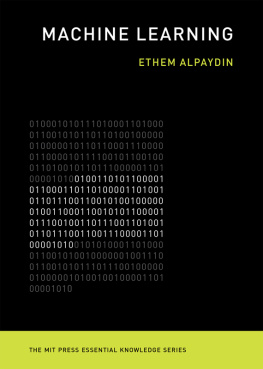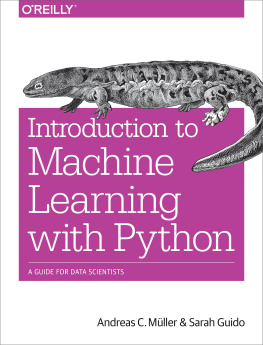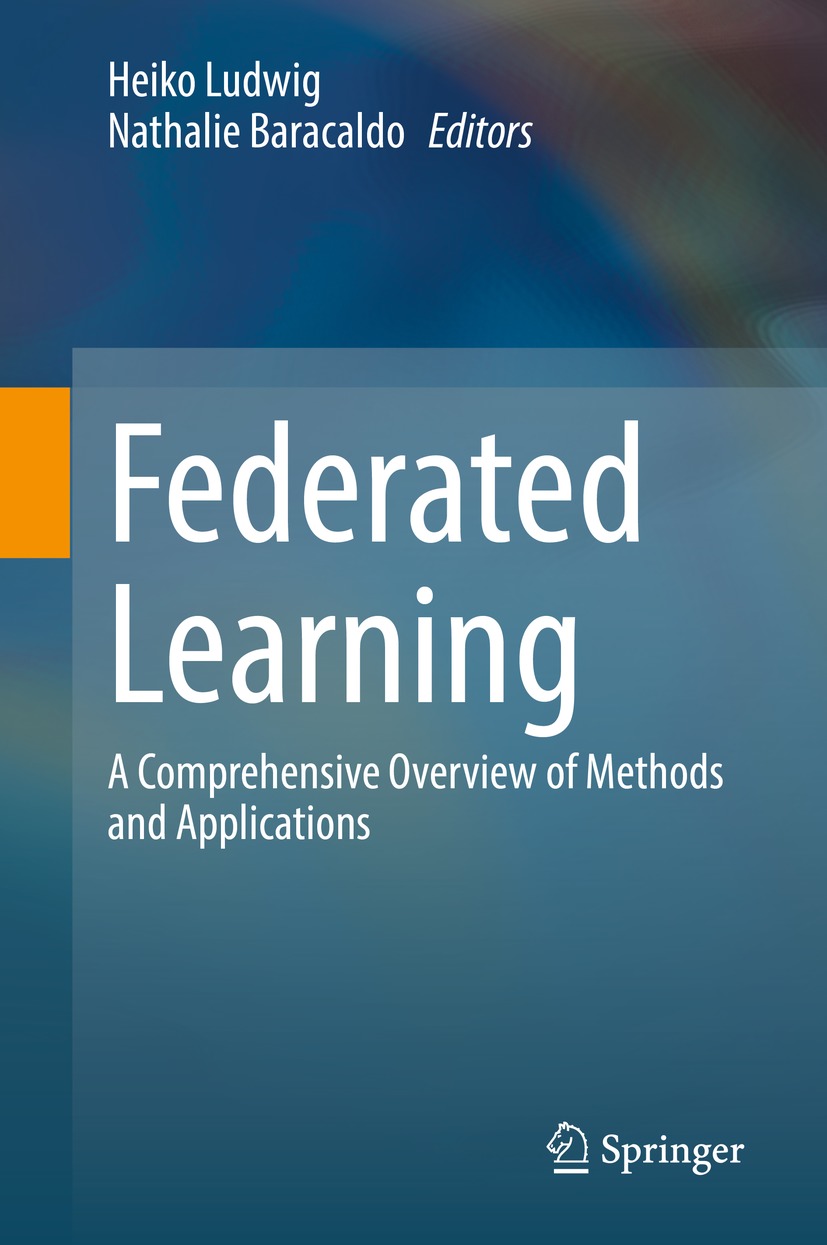Heiko Ludwig - Federated Learning: A Comprehensive Overview of Methods and Applications
Here you can read online Heiko Ludwig - Federated Learning: A Comprehensive Overview of Methods and Applications full text of the book (entire story) in english for free. Download pdf and epub, get meaning, cover and reviews about this ebook. City: Cham, year: 2022, publisher: Springer, genre: Children. Description of the work, (preface) as well as reviews are available. Best literature library LitArk.com created for fans of good reading and offers a wide selection of genres:
Romance novel
Science fiction
Adventure
Detective
Science
History
Home and family
Prose
Art
Politics
Computer
Non-fiction
Religion
Business
Children
Humor
Choose a favorite category and find really read worthwhile books. Enjoy immersion in the world of imagination, feel the emotions of the characters or learn something new for yourself, make an fascinating discovery.
- Book:Federated Learning: A Comprehensive Overview of Methods and Applications
- Author:
- Publisher:Springer
- Genre:
- Year:2022
- City:Cham
- Rating:4 / 5
- Favourites:Add to favourites
- Your mark:
Federated Learning: A Comprehensive Overview of Methods and Applications: summary, description and annotation
We offer to read an annotation, description, summary or preface (depends on what the author of the book "Federated Learning: A Comprehensive Overview of Methods and Applications" wrote himself). If you haven't found the necessary information about the book — write in the comments, we will try to find it.
Federated Learning (FL) is an approach to machine learning in which the training data are not managed centrally. Data are retained by data parties that participate in the FL process and are not shared with any other entity. This makes FL an increasingly popular solution for machine learning tasks for which bringing data together in a centralized repository is problematic, either for privacy, regulatory or practical reasons.
This book explains recent progress in research and the state-of-the-art development of Federated Learning (FL), from the initial conception of the field to first applications and commercial use. To obtain this broad and deep overview, leading researchers address the different perspectives of federated learning: the core machine learning perspective, privacy and security, distributed systems, and specific application domains. Readers learn about the challenges faced in each of these areas, how they are interconnected, and how they are solved by state-of-the-art methods.
Following an overview on federated learning basics in the introduction, over the following 24 chapters, the reader will dive deeply into various topics. A first part addresses algorithmic questions of solving different machine learning tasks in a federated way, how to train efficiently, at scale, and fairly. Another part focuses on providing clarity on how to select privacy and security solutions in a way that can be tailored to specific use cases, while yet another considers the pragmatics of the systems where the federated learning process will run. The book also covers other important use cases for federated learning such as split learning and vertical federated learning. Finally, the book includes some chapters focusing on applying FL in real-world enterprise settings.
Heiko Ludwig: author's other books
Who wrote Federated Learning: A Comprehensive Overview of Methods and Applications? Find out the surname, the name of the author of the book and a list of all author's works by series.

